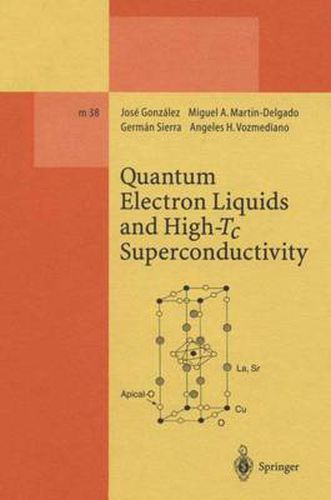Readings Newsletter
Become a Readings Member to make your shopping experience even easier.
Sign in or sign up for free!
You’re not far away from qualifying for FREE standard shipping within Australia
You’ve qualified for FREE standard shipping within Australia
The cart is loading…






This title is printed to order. This book may have been self-published. If so, we cannot guarantee the quality of the content. In the main most books will have gone through the editing process however some may not. We therefore suggest that you be aware of this before ordering this book. If in doubt check either the author or publisher’s details as we are unable to accept any returns unless they are faulty. Please contact us if you have any questions.
This book originated from a course given at the Univcrsidad Aut6noma of Madrid in the Spring of 1994 and in the Universidad Complutense of Madrid in 1995. The goal of these courses is to give the non-specialist an introduction to some old and new ideas in the field of strongly correlated systems, in particular the problems posed by the high-1~ superconducting materials. As theoretical physicists, our starting viewpoint to address the problem of strongly correlat ed ferlnion systems and related issues of modern condensed matter physics *is the renormalization group approach applied both to quantU111 field theory and statistical physics. In recent years this has become not only a powerful tool for retrieving the essential physics of interacting systems but also a link between theoretical physics and modern condensed matter physics. Furthermore, once we have this common background for dealing with apparently different prob lems, we discuss more specific topics and even phenomenological aspects of the field. In doing so we have tried to make the exposition clear and simple, with out entering into technical details but focusing ill the fundamental physics of the phenomena under study. Therefore ,ve expect that our experience ll1ay have some value to other people entering this fascinating field. We have divided these notes into three parts and each part into chapters, which correspond roughly to one or two lectures. Part I, Chaps. 1-2 (A. H. V.
$9.00 standard shipping within Australia
FREE standard shipping within Australia for orders over $100.00
Express & International shipping calculated at checkout
This title is printed to order. This book may have been self-published. If so, we cannot guarantee the quality of the content. In the main most books will have gone through the editing process however some may not. We therefore suggest that you be aware of this before ordering this book. If in doubt check either the author or publisher’s details as we are unable to accept any returns unless they are faulty. Please contact us if you have any questions.
This book originated from a course given at the Univcrsidad Aut6noma of Madrid in the Spring of 1994 and in the Universidad Complutense of Madrid in 1995. The goal of these courses is to give the non-specialist an introduction to some old and new ideas in the field of strongly correlated systems, in particular the problems posed by the high-1~ superconducting materials. As theoretical physicists, our starting viewpoint to address the problem of strongly correlat ed ferlnion systems and related issues of modern condensed matter physics *is the renormalization group approach applied both to quantU111 field theory and statistical physics. In recent years this has become not only a powerful tool for retrieving the essential physics of interacting systems but also a link between theoretical physics and modern condensed matter physics. Furthermore, once we have this common background for dealing with apparently different prob lems, we discuss more specific topics and even phenomenological aspects of the field. In doing so we have tried to make the exposition clear and simple, with out entering into technical details but focusing ill the fundamental physics of the phenomena under study. Therefore ,ve expect that our experience ll1ay have some value to other people entering this fascinating field. We have divided these notes into three parts and each part into chapters, which correspond roughly to one or two lectures. Part I, Chaps. 1-2 (A. H. V.